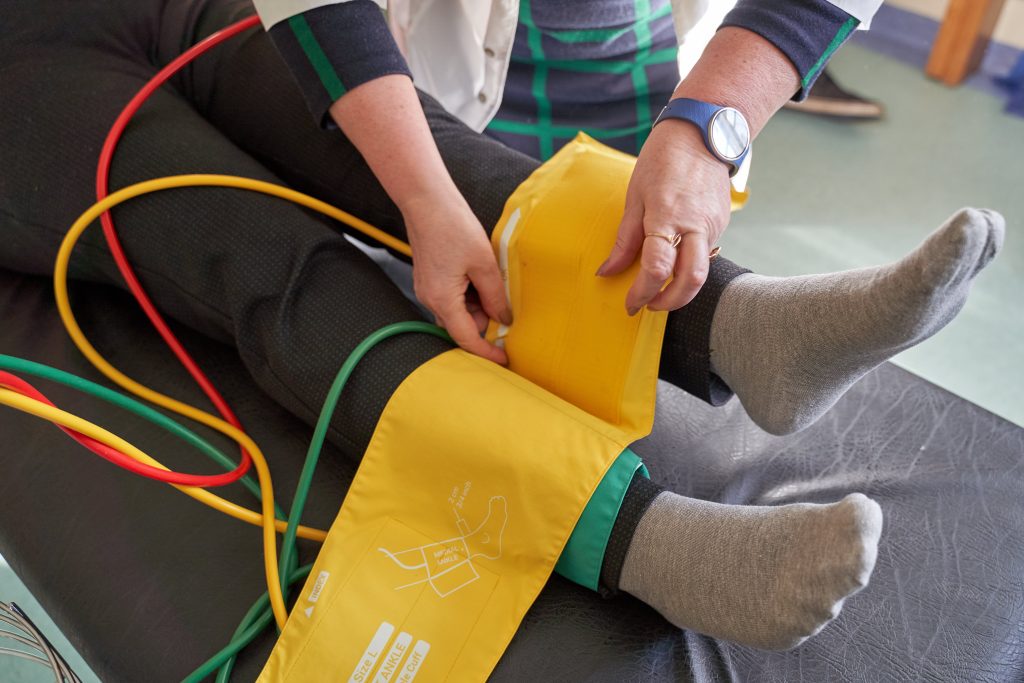San Antonio Peripheral Artery Disease Treatment
Understanding Peripheral Artery Disease (PAD)
Peripheral Artery Disease is a common circulatory problem where narrowed arteries reduce blood flow to the limbs. PAD can lead to leg pain, especially when walking, and is often a sign of a more widespread accumulation of fatty deposits in the arteries.
Symptoms of PAD
- Leg Numbness or Weakness: Reduced blood flow can cause numbness or a feeling of weakness in the legs.
- Coldness in Lower Leg or Foot: A lower temperature in one leg compared to the other.
- Sores on Toes, Feet, or Legs: Wounds that heal poorly or not at all.
- Change in Leg Color: Pale or bluish coloration.
- Shiny Skin on Legs: Skin may become glossy and smooth.
- Weak Pulse in Legs or Feet: Difficulty in finding a pulse in the leg arteries.
- Pain: while walking or daily activities

Contact Us
Our Expertise in Treating PAD
At VASC, our surgeons use advanced techniques to treat PAD. With a combined experience of 41 years, our team ensures that each patient receives the highest standard of care.
Choose VASC For
- Personalized Treatment Plans
- Highly Skilled, Board-Certified Surgeons
- Comprehensive Care for PAD
- Modern, Well-Equipped Facility

Ways We Treat Peripheral Artery Disease
We offer a range of treatments for PAD, including lifestyle changes, medication, and in some cases, surgery. Our aim is to alleviate symptoms, improve mobility, and prevent complications.
Angiogram
Using X-ray or MRI to view blood vessels after injecting a contrast dye.
Angioplasty and Stent Placement
To open up narrowed arteries.
Atherectomy
A minimally invasive surgical procedure used to remove atherosclerotic plaque from blood vessels.
Bypass Surgery
A procedure used to improve blood flow to the heart.

